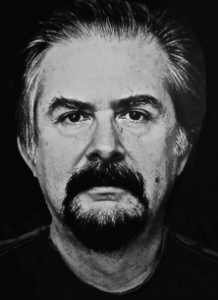 Fernando Botero was born 1932 in Medelín, in the department of Antioquia, Colombia. .
Fernando Botero was born 1932 in Medelín, in the department of Antioquia, Colombia. .
Growing up he became a huge fan of bullfights, which is a popular sport in Colombia, stemming from Spanish settlers. From the age of 13, he began to paint scenes of bullfights, selling them in front of the arena for 5 pesos, and later, as a professional, he spent nearly 2 years painting only that subject. The artist left matador school to become an artist. He moved to Bogota in 1951 where he had his first solo exhibition at the Leo Matiz Gallery at the early age of 19. Every single one of his pieces sold. Ironically, Botero grew to have a very difficult time in parting from his work, and became the biggest collector of his own work, despite being offered enormous sums of money for it from fans and collectors around the globe.
Botero, as did many artists of the time, decided to go to Europe to study the work of the Master’s. He studied in Madrid, Spain, at the Academy of San Fernando, where he created work in the style of Velazques and Goya, as well as in Florence, Italy, where he learned the fresco techniques of the Italian masters. In 1956 he taught at the School of Fine Arts at the University of Bogota, Colombia and traveled to Mexico City to study the work of Rivera and Orozco. There, his experience with Muralism greatly influenced his future direction as an artist.
The painting style Botero is best known for emerged around 1964. It was, and is, characterized by inflated, rounded forms, painted with smooth, almost invisible brushstrokes, puffing up to an exaggerated size human figures, natural features, and objects of all kinds, celebrating the life within them while mocking their role in the world. The subjects of his paintings often appear to be posed for a photograph, perhaps to capture their image and persona in complete stillness.
Though the round, exaggerated images are satirical and meant to be humorous, they also serve to offer political and social commentary. Symbols of power and authority are present regularly in his work, with images of presidents and soldiers, as well as clergymen, becoming Botero’s ‘targets’. He condemns “militarists and the morals and manners of Colombia’s bourgeoisie”. But as much as his work shows his love for his native region, he also brings in worldwide themes, making his work universal. He brings in themes from all over art history – from the Middle Ages, to Italian baroque, to Latin American colonial art to modern avant-garde. He also has created parodies of various works of art, including Bonnard and David.
Exhibitions
Since the mid-1960s, Botero paintings can be found in the collections of the Museum of Modern Art, the Metropolitan Museum and the Guggenheim Museum. Retrospective exhibitions of Botero have been presented in Bogota, in Caracas, Venezuela (1976), in Tokyo and Osaka (1980), in Switzerland (1990), Mexico (1997), in Stockholm and Copenhagen (2001) and Athens (2006). In early 1980, he moved to Tuscany where he lives to this day, traveling regularly to New York and Colombia.
